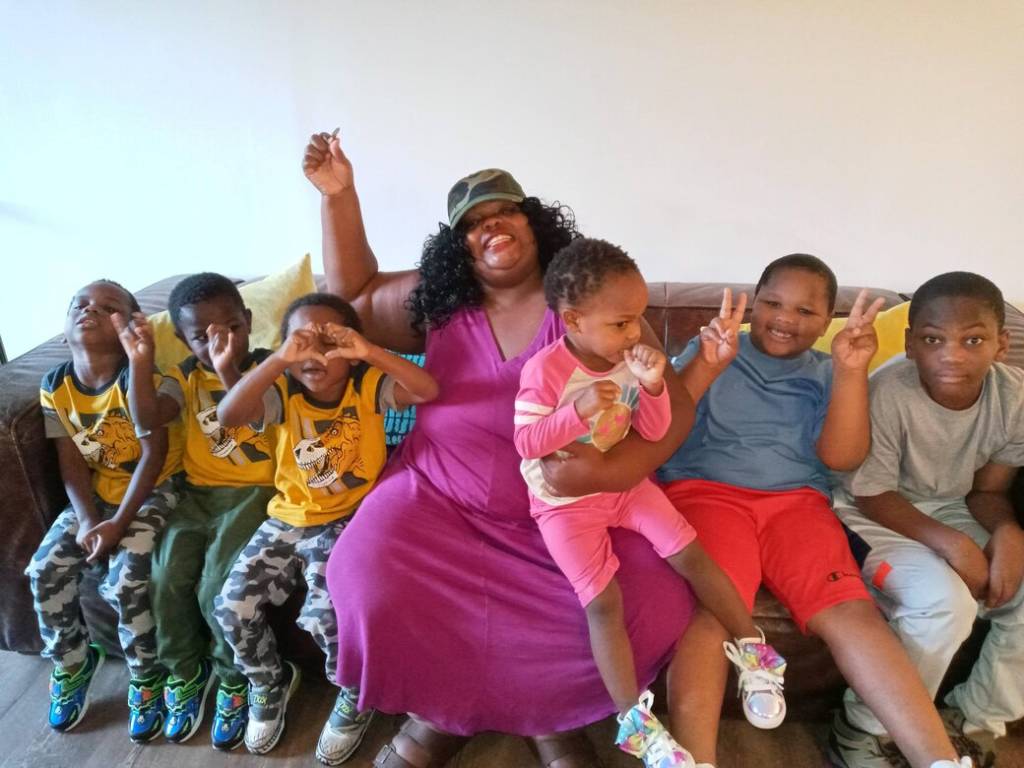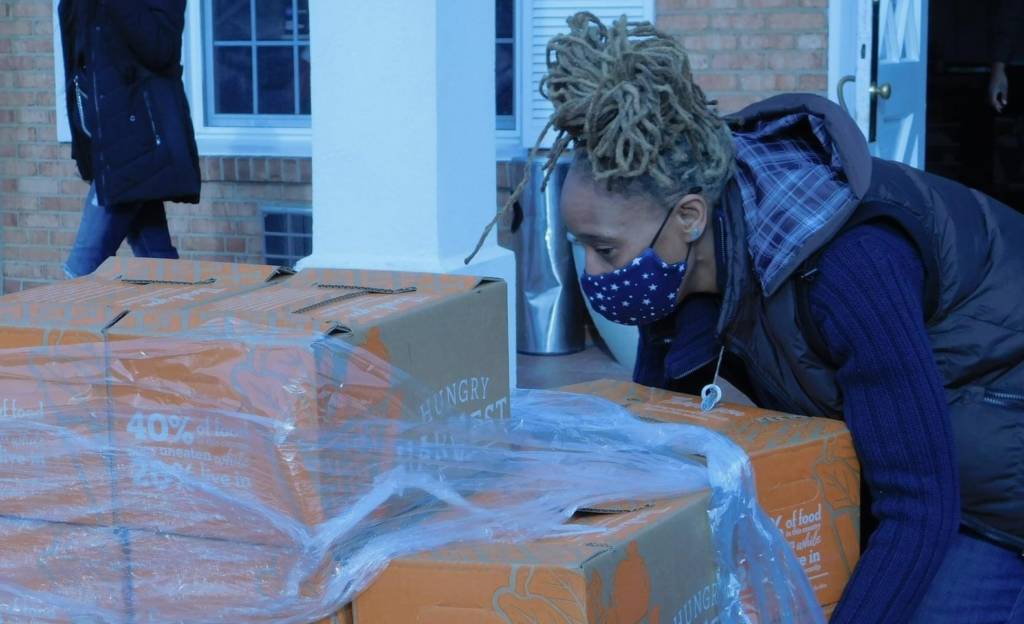Shelter House provides more than food, clothing and shelter to people in need. This nonprofit also delivers frontline crisis intervention services that help families never come into a shelter in the first place. Giant Food has supported Shelter House through its Community Bag Program.
Tell us about Shelter House.
Shelter House started in 1981 when a small group of individuals in the Falls Church, Virginia, area saw people experiencing homelessness in their community. The shelter started its work out of basements and the trunks of cars. These individuals provided essentials for the homeless, giving out blankets, food, clothing and whatever they had that was needed. In 1983, a gentleman who was experiencing homelessness died of hypothermia in that same area. At that time, the community rallied together to say, “We need somewhere for people experiencing homelessness to go. We need shelters in our county.” By 1985, Shelter House opened its doors to its first family shelter, which could accommodate about 45 individuals at any given time. Today, Shelter House operates six shelter facilities and several housing programs.
Our mission is to provide crisis interventions, safe housing and supportive services to people experiencing domestic violence and homelessness. We do this by engaging with the community to build effective relationships. The only way we can solve domestic violence and homelessness issues is to provide services like crisis intervention and safe housing support. But we can’t do it alone; effective relationship-building with the county government and with large and small organizations, like Giant Food, is needed to aid our mission.
Our vision is a community free of homelessness and domestic violence. We envision a community where we no longer have anyone experiencing homelessness and where no one has to endure the pain and suffering of domestic violence.
What services do you provide to your community?
We provide shelter for people experiencing homelessness and for individuals affected by domestic violence, which are two separate programs and service models. These two programs can provide case management to link people with the necessary resources. Shelter House is the safety net for people when they’re about to or are experiencing homelessness.

What sets your organization apart from others in your community?
Our work with crisis intervention sets us apart from other organizations. We do more than provide individuals with food and clothing. Our prevention services focus on frontline crisis intervention. With these services in place, we provide mediation that allows families and individuals never to have to come into our shelter in the first place. Another area we work closely with is the schools in our jurisdictions to recognize signs of homelessness and intervene.
Before becoming homeless, people can call us to help with things like rental assistance. We are very up front about trying to prevent individuals from ever having to step through our doors in the first place. Especially coming off the pandemic, we provide a lot of rental assistance. The inflation of housing prices has affected the affordability of homes for so many families. With our help, people can get back on their feet and never have to leave their homes.
Our work with crisis intervention sets us apart from other organizations. We do more than provide individuals with food and clothing.
Tell us a story that illustrates the good work of your organization.
During the pandemic, Shelter House was nimble in providing necessary critical services. In 2020 when the pandemic hit, the Fairfax County Government approached us to see if we could open and run a 200-bed operation. This was for people who were experiencing homelessness in overcrowded shelters, the most vulnerable to contracting Covid. They wanted this facility to be up and running in two weeks. Projects of this caliber typically take years to complete, but we were able to make it happen in the timeframe requested.
We got the funds and did the hiring to successfully set up a 200-bed facility that we operated out of a hotel. Not only were we preventing people from getting Covid, but we were also stopping the spread of the virus throughout the community. We provided critical services for people experiencing homelessness and saved lives.
What is your greatest achievement or contribution to the community?
One of our biggest successes is the rate at which we move people straight out of homelessness into permanent housing. Last year we served 2,220 people, and 70% of them were moved from the shelter into permanent housing.
Another achievement is our ability to respond to the immediate needs of people who don’t have a roof over their heads in our community.
It’s also the quick response we have for people experiencing domestic violence. These situations are life-threatening and can be very intense. People call at that moment, saying, “I’m locked in the bedroom; my partner is trying to break the door down. I need help.” Sometimes people do not realize that, along with the police and paramedics, we are the first responders for people in life-threatening domestic violence situations.

What do you want people to know about Shelter House?
We cannot do this work alone. Building relationships through outreach to community businesses, individuals and our local politicians is essential. The biggest thing about us is while Shelter House is here to help people, our community also has a responsibility to help individuals and help their neighbors.
So, we partner with the community. It’s not just our obligation; it is the community’s obligation to help solve some of the issues we’re facing. We have many needs within Shelter House for the families and children coming to us, but also for staff. We have an extraordinarily passionate staff. There are over 150 staff members working with us, and many have lived experience with homelessness or domestic violence. The team at Shelter House cares so much about our work, ensuring people coming in get back into housing with a safe and stable roof over their heads.
We cannot do this work alone. Building relationships through outreach to community businesses, individuals and our local politicians is essential.
How are you using the funds you’ve received from the Giant Food Community Bag Program?
I would say wherever it’s needed. The thing about nonprofits that some people don’t think about is that we are also a business. We are working to give back to the community and are contributing to the economy by ensuring people aren’t experiencing homelessness. Any money that comes in will be used to ensure we give back to the community, whether through direct services, such as a family needing a bedroom or house outfitted or any necessary items needed to move in. Otherwise, monetary donations can be put back into staff salaries. Gifts like the ones we get from the Giant Food Community Bag Program help our organization provide a higher level of training to our staff and a higher level of service to the community.
Is there anything you’d like to add?
I would like to thank Giant Food for recognizing the issues that we have in our community and creating the Community Bag Program. These things become visible to the public when they go shopping and see that Giant Food is giving back to the community, which is crucial.
It is wonderful that Giant Food takes the time to do this. As a large company, it is their option whether to focus on something like this. Shelter House as an organization is so grateful to have this platform that gives us a way to get our name out there.

Published October 26, 2022.

